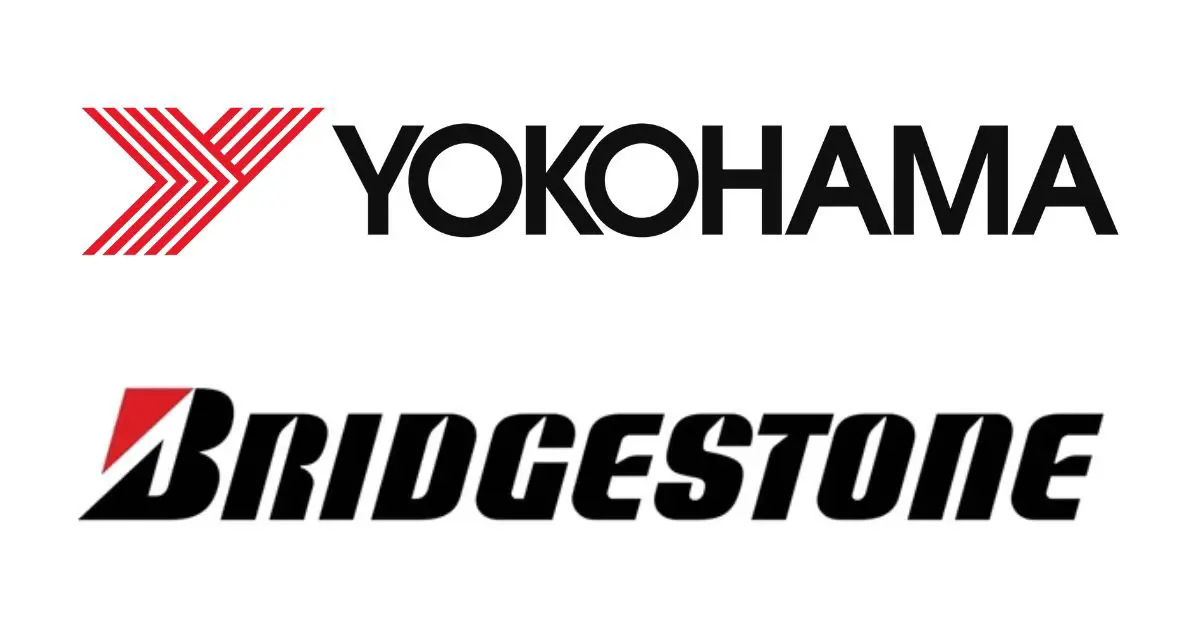Choosing the right all-terrain tire can make or break your off-road adventures. Whether you’re tackling rugged trails or navigating snowy paths, the right tire ensures you stay safe and perform at your best. Two top contenders in this space are the Bridgestone Dueler AT Revo 3 and the Yokohama Geolandar X-AT.
Both tires boast aggressive tread patterns and reinforced sidewalls, essential for conquering rocks, dirt, mud, and snow. However, when you dig deeper into their performance metrics, differences begin to emerge. With a SimpleScore of 9, the Bridgestone Dueler AT Revo 3 excels in traction, handling, and longevity. But does it truly outshine the Yokohama Geolandar X-AT? Let’s dive into a detailed comparison to find out which tire might be the perfect fit for your off-road needs.
Overview of Bridgestone and Yokohama
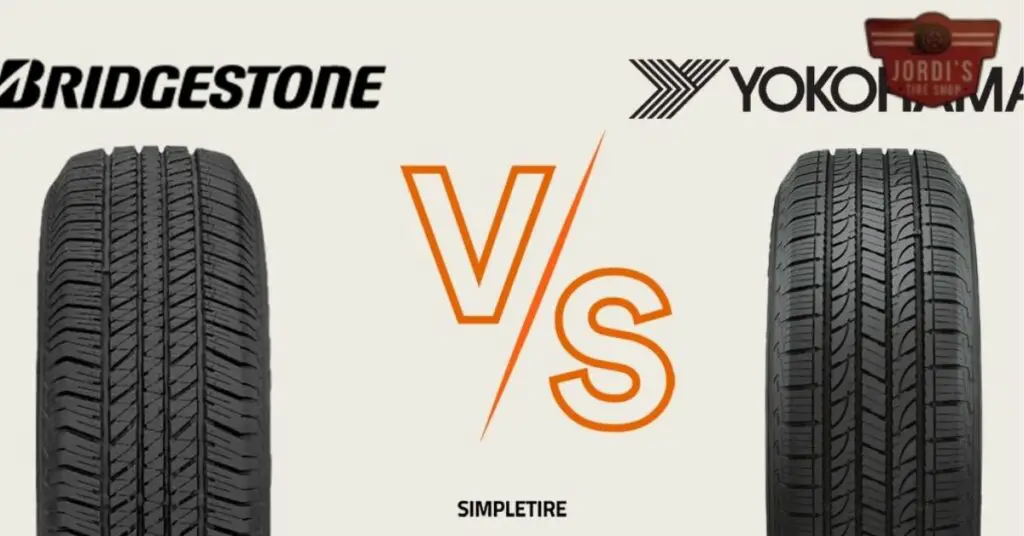
Bridgestone and Yokohama are two prominent names in the tire industry, renowned for their innovation and performance.
Brand History and Evolution
Bridgestone
Bridgestone began in 1931, founded by Shojiro Ishibashi in Kurume, Fukuoka, Japan. The brand, meaning “stone bridge” in Japanese, started full-fledged tire production in 1934 at the Kurume Plant. In 1951 Bridgestone was the first to sell rayon cord tires in Japan. The 1988 merger with The Firestone Tire & Rubber Company propelled Bridgestone into one of the world’s largest tire and rubber companies. From entering Formula 1 racing in 1997 to acquiring tire retreader Bandag in 2007, Bridgestone expanded significantly. By 2014 Bridgestone became a Worldwide Olympic Partner and by 2018, a Worldwide Paralympic Partner.
Yokohama
Yokohama started in 1917 in Yokohama, Japan. Over the past century, it has grown into a significant global brand, reaching a value of $6 billion. Yokohama has a long-standing history in producing high-quality tires and continues to innovate and expand its product range.
Core Technologies and Innovations
Bridgestone
Bridgestone specializes in developing unique tire technologies. Known for its Run-Flat Technology (RFT), Bridgestone offers extended mobility even after a puncture. Their NanoPro-Tech reduces rolling resistance, improving fuel efficiency. Additionally, Bridgestone’s Ecopia range uses low rolling resistance compounds for better environmental performance.
Yokohama
Yokohama focuses on enhancing performance and safety through technology. The ADVAN and Geolandar series feature their proprietary Orange Oil Technology, which improves grip and flexibility. Yokohama’s BluEarth series emphasizes fuel efficiency and environmentally friendly materials, promoting sustainability.
Together, Bridgestone and Yokohama represent excellence in the tire manufacturing industry, combining rich histories with cutting-edge technologies to deliver optimal performance.
Performance Comparison
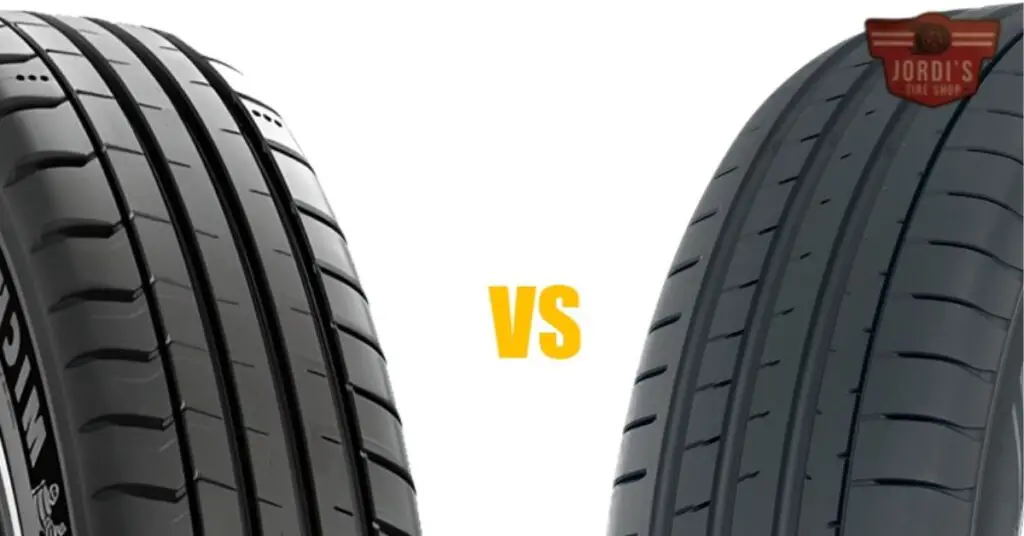
Compare the performance of Bridgestone and Yokohama tires to make an informed purchasing decision for your vehicle.
Road Traction and Stability
Yokohama: Known for excellent grip in both dry and wet conditions, Yokohama tires like the V105 offer quiet, smooth performance with reliable traction when pushed hard.
Bridgestone: Bridgestone excels in durability and performance, consistently receiving high marks in customer reviews for traction and stability. These characteristics make them suitable for various driving conditions.
Durability and Wear
Yokohama: Yokohama focuses on durability with its Orange Oil technology, which uses 80% petro-chemical-free materials. This combination enhances the tire’s lifespan and eco-friendliness.
Bridgestone: Boasting long-lasting performance, Bridgestone tires can withstand different driving environments. This durability makes them a reliable choice for many drivers.
Comfort and Noise Level
Yokohama: Yokohama’s V105 tires are designed for quiet operation, providing a smooth driving experience. They balance performance and comfort, making them a preferred choice for everyday driving.
Bridgestone: Bridgestone tires offer a comfortable ride, though they may sometimes lag behind in noise reduction compared to Yokohama. However, their performance and reliability compensate for this minor drawback.
Range and Versatility
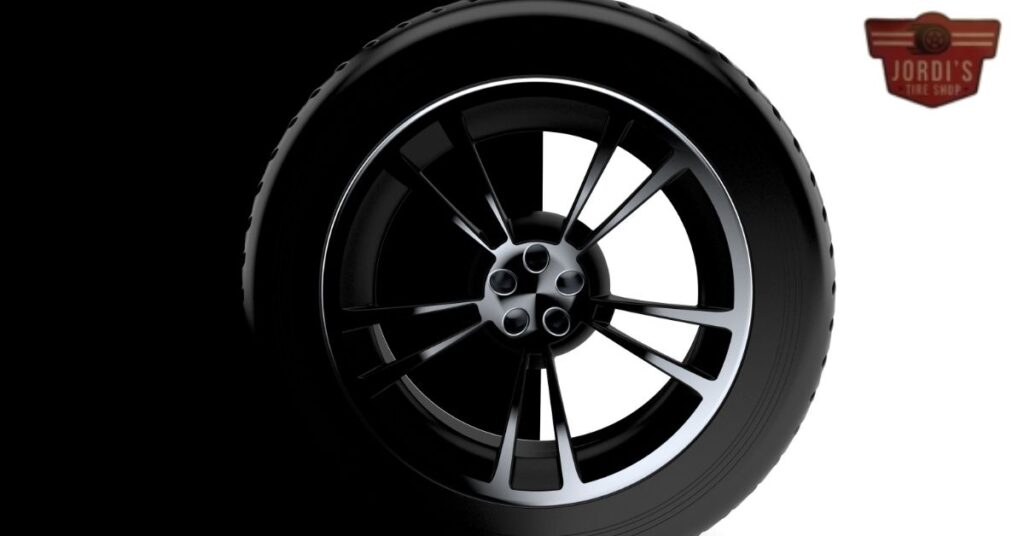
You get a diverse selection from both Yokohama and Bridgestone, catering to multiple vehicle types and driving conditions.
Tyre Options for Different Vehicle Types
Bridgestone offers tyres for small cars, sports cars, SUVs, off-road 4x4s, and heavy machinery. This broad range meets varied consumer needs. Yokohama produces tyres for small cars, SUVs, off-road 4x4s, and sports cars, including the high-performance Advan range. Whether you’re driving a compact car or a high-powered sports vehicle, both brands have options to suit.
Performance in Varied Climatic Conditions
Bridgestone tyres are known for durability and performance in wet and dry conditions, providing excellent traction and grip thanks to treadwear protection. Yokohama offers high-performance tyres with advanced technologies like Orange Oil and natural rubber, ensuring good grip in most weather. However, their performance may drop in extreme conditions. For racetrack enthusiasts, Bridgestone’s V-class performance tyres maintain stability and grip at high speeds. Yokohama’s AVS models excel in cornering and wet conditions but might be noisier on dry roads. Choose based on your climate and driving style for the best experience.
Cost and Value Analysis
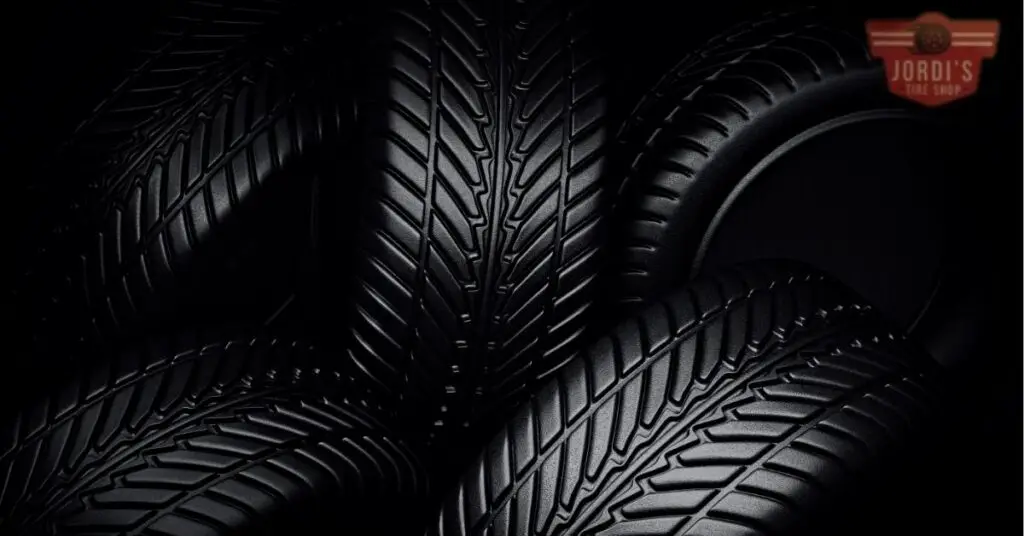
Evaluating the cost and value of Yokohama and Bridgestone tires reveals distinct differences in pricing, value for money, and customer support.
Pricing Differences
Bridgestone tires generally come at a higher price compared to Yokohama. High-performance Bridgestone models like the Dueler AT Revo 3 cost around $148.96 per tire, while high-performance Yokohama models like the Geolandar X-AT cost about $221.99 per tire. This indicates that a set of four Bridgestone tires costs at least $595.84, whereas a set of four Yokohama tires costs roughly $887.96. Given these numbers, Yokohama tires often present better value for money, delivering comparable performance at a lower cost.
Warranty and Customer Service
Michelin, Bridgestone, and Yokohama have distinct approaches to warranties and customer service. For instance, Michelin’s CrossClimate 2 offers a 60,000-mile treadwear warranty in North America. Bridgestone excels in customer service by effectively marketing, listening to customer feedback, and anticipating industry trends, which contributes to high customer satisfaction. These factors make Bridgestone a strong contender for those valuing superior customer service.
Conclusion
Choosing between Yokohama and Bridgestone ultimately depends on your specific needs and preferences. Both brands excel in their own right offering reliable performance and advanced technologies. Bridgestone’s higher price point reflects its durability and strong customer service whereas Yokohama often provides better value for money with innovative features like Orange Oil technology.
Consider your driving conditions vehicle type and budget when making your decision. Whether you prioritize cost performance or customer support both Yokohama and Bridgestone have options that can meet your requirements.
Related Posts:
- Yokohama vs Hankook Tires: Performance, Durability, and Pricing Compared
- Yokohama vs Goodyear Tires: Performance, Durability, and Eco-Friendliness Compared
- Yokohama vs Bridgestone: Which All-Terrain Tire Reigns Supreme?
- Nitto vs Michelin Tires: Which Brand is Best for Your Driving Needs?
- Falken vs Michelin Tires: Which Brand Offers Better Performance and Value for Money?
- BFGoodrich vs Michelin: Which Tire Brand is Best for Your Vehicle?
- Goodyear vs Michelin: Which Tire Brand is Best for Your Vehicle?
- Michelin vs Pirelli Tires: Which Brand is Best for Your Car?
- Firestone vs Michelin Tires: A Detailed Comparison of Performance and Value
- Toyo vs Michelin Tires: Which Brand Offers the Best Performance and Value?
- Hankook vs Michelin Tires: Which Brand Offers the Best Performance and Value?
- Goodyear vs Bridgestone Tires: In-Depth Comparison of Performance, Durability, and Customer Reviews
- Continental vs Pirelli Tires: A Comprehensive Comparison of Performance and Value
- Continental vs Bridgestone Tires: Which Brand Offers Better Performance and Durability?

